3 Main Purposes Of Writing

WHAT IS THE Writer'S PURPOSE?

When we talk of the writer'southward purpose, nosotros refer to the 'why' backside their writing. What motivated the author to produce their work? What is their intent, and what do they hope to attain?
The author's purpose is the reason they decided to write about something in the first identify.
There are many reasons a writer puts pen to paper. Information technology's crucial that our students possess the necessary tools for identifying these diverse reasons and intents.
Identifying the author's purpose accurately is essential if the student is to effectively evaluate a piece of writing.
WHAT ARE THE DIFFERENT TYPES OF AUTHORS' PURPOSES?
Depending on who y'all talk to when the question is raised about how many types of author's purpose there are, you'll generally be quoted a number ranging from around 3 to about vii.
A good starting point for students starting time to acquire more about the different types of authors' purpose is, to begin with, the central three: to persuade, to inform, and to entertain. These can easily be remembered with the PIE acronym.
However, these three represent only an introduction. In the interest of covering the topic a little more comprehensively, we will define five different types of authors' purposes, expect at some examples of each in apply, and requite a few pointers helpful in identifying them.
AUTHOR'Due south PURPOSE DEFINITION

The author's purpose is their intent (or purpose) for writing something. To either persuade, inform or entertain an audition.
You will most commonly meet these three aspects attributed as being the author's purpose however, other elements such as describing and explaining are as well unremarkably sighted.
Throughout this article, we will explore the author'southward purpose in much more detail.
A COMPLETE Unit of measurement ON Didactics THE AUTHOR'S PURPOSE IN 2022
An entire unit of measurement on THE AUTHOR'S PURPOSE awaits you. NO PREP REQUIRED. This EDITABLE PowerPoint bundle provides a proven resource based on research skills, writing strategies and engaging content. The bundle includes65 PAGES of:
THE Unlike TYPES OF AUTHOR'S PURPOSE
THE AUTHOR'South PURPOSE 1: TO PERSUADE

Definition: This is a very common purpose of writing, particularly in nonfiction writing. When a text is written to persuade, it will aim to convince the reader of the merits of a particular bespeak of view. With this blazon of writing, the writer will effort to persuade the reader to agree with this bespeak of view and/or subsequently have a detail course of action.
Examples: This purpose can be found in all kinds of writing. Information technology can even be in fiction writing when the author has an agenda, whether consciously or unconsciously. However, information technology is most commonly the motivation backside essays, advertisements, and political writing, such as speeches and propaganda.
How to Place: To identify when the author'southward purpose is to persuade, students should enquire themselves if they feel the writer is trying to get them to believe something or accept a specific action. They should learn to identify the various tactics and strategies used in persuasive writing, such equally repetition, various types of supporting evidence, hyperbole, attacking opposing viewpoints, forceful phrases, emotive imagery and photographs etc.
We have a complete guide to persuasive writing hither if you would like to learn more.
THE AUTHOR'S PURPOSE 2: TO INFORM
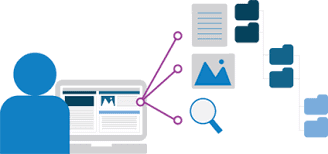
Definition: When an author's purpose is to inform, they ordinarily wish to enlighten their readership about a real-world topic. Often, they volition exercise this by providing lots of facts. Advisory texts are geared toward imparting data to the reader to educate them on a given topic.
Examples: Many types of school books are written with the limited purpose of informing the reader. Added to textbooks, we also have encyclopedias, recipe books, and newspapers.
How to Identify: In the procedure of informing the reader, the author will use facts, which is ane surefire way to spot the intent to inform.
Notwithstanding, when the writer's purpose is persuasion, they will also likely provide the reader with some facts to convince them of the merits of their particular example. The main divergence between the two ways facts are employed is that, when the intention is to inform, facts are presented but to teach the reader. When the author's purpose is to persuade, they commonly mask their opinions amid the facts.
Students must go skilful at recognizing 'hidden' opinions through practice. Teach your students to beware of persuasion masquerading as information!
If you want to learn more than about writing an information written report, be certain to read our consummate guide here.
THE AUTHOR'Due south PURPOSE 3: TO ENTERTAIN

Definition: When an author'south main purpose is to entertain the reader, they will endeavour to keep things as interesting as possible. Things happen in books that are written to entertain, whether in the form of an action-packed plot, inventive characterizations, or sharp dialogue.
Examples: Not surprisingly, a cracking deal of fiction is written to entertain, particularly genre fiction. For example, nosotros find entertaining examples in science fiction, romance, and fantasy – to proper name but a few.
How to Identify: When writers attempt to entertain or amuse the reader, they use various techniques to appoint their attention. They may use cliffhangers at the end of a chapter, for example. They may weave humour into their story or fifty-fifty have characters tell jokes. In the instance of a thriller, an action-packed scene may follow an action-packed scene as the drama builds to a crescendo. Think of the melodrama of a lather opera hither rather than the subtle touch on of an arthouse masterpiece.
THE AUTHOR'S PURPOSE 4: TO Explicate
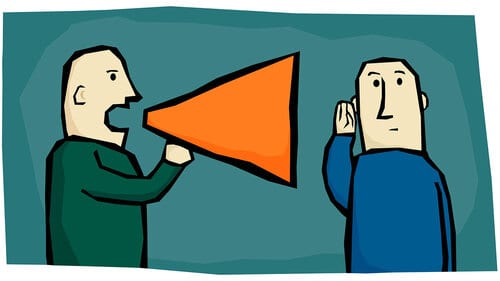
Definition: When writers write to explain, they want to tell the reader how to practise something or reveal to them how something works. This type of writing is about communicating a method or a process.
Examples: Writing with the purpose of explaining can be constitute in instructions, step-by-pace guides, procedural outlines, and recipes.
How to Identify: Oft, you will notice this type of writing organized into bulleted or numbered points. As it focuses on telling the reader how to do something, oft lots of imperatives will exist used within the writing. Diagrams and illustrations are often used to reinforce the text explanations as well.
Read our complete guide to explanatory texts hither.
THE Author'S PURPOSE 5: TO Describe

Definition: Often, writers will use words to describe something in more than detail than be conveyed in a photo alone. After all, they say a picture paints a thousand words, and text can help get us beyond the 1-dimensional appearance of things.
Examples: We tin can find lots of descriptive writing in obvious places similar brusque stories, novels and other forms of fiction where the author wishes to paint a pic in the reader'southward imagination. Nosotros can too detect lots of writing with the purpose of description in nonfiction too – in production descriptions or descriptive essays, for example.
How to Place: In the case of fiction writing which describes, the reader will notice the writer using lots of sensory details in the text. Our senses are how we perceive the world, and to describe their imaginary world, writers volition draw heavily on language that appeals to these senses. In both fiction and nonfiction, readers will notice the writer volition rely heavily on adjectives in their writing.
Costless AUTHOR'S PURPOSE ANCHOR CHARTS & POSTERS
THE AUTHOR'S PURPOSE IN Educational activity ACTIVITIES
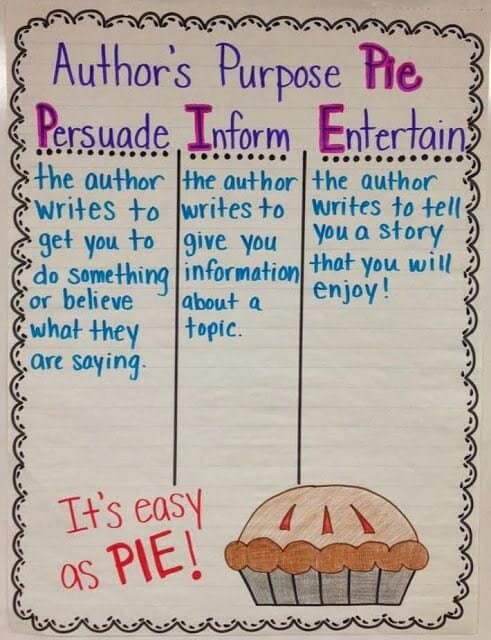
The Author'south Purpose Task 1. The Writer's Purpose Anchor Chart
Whether introducing the general idea of the author's purpose or working on identifying the specifics of a single purpose, a pie author's purpose anchor nautical chart tin be an excellent resources for students when working independently. Compiling the anchor chart collaboratively with the students can be an effective style for them to reconstruct and reinforce their learning.
The Writer's Purpose Job two. Get together Real-Life Examples
Challenging students to identify and collect real-life examples of the various types of writing as homework can be a great way to get some hands-on practice. Encourage your students to gather various forms of text together indiscriminately. They then sift through them to categorize them appropriately according to their purpose. The students will soon begin to see that all writing has a purpose. You may also like to make a classroom display of the gathered texts to serve as examples.
The Writer's Purpose Job iii. DIY
1 of the most effective ways for students to recognize the authorial intent backside a piece of writing is to proceeds feel producing writing for various purposes. Design writing tasks with this in heed. For example, if you are focused on writing to persuade, yous could challenge the students to produce a script for a radio advertisement. If the focus is entertaining, you could ask the students to write a funny story.
The Writer's Purpose Job 4. Classroom Discussion
When teaching author's purpose organize the students into minor discussion groups of, say, four to 5. Provide each group with copies of sample texts written for diverse purposes. Students should have some time to read through the texts by themselves. They then piece of work to identify the writer'south purpose, making notes as they go. Students can discuss their findings as a group.
Remember: the various purposes are not mutually exclusive; sometimes, a text will have more than than a single purpose. It is possible to exist both entertaining and informative, for example. It is essential students recognize this fact. A careful selection of texts can ensure the students get an opportunity to notice this for themselves.
In Summary
Students demand to empathise that regardless of the text they are engaged with, every slice of writing has some purpose behind it. It'south important that they work towards recognizing the various features of different types of writing that reveal to the reader merely what that purpose is.
Initially, the process of learning to identify the different types of writing and their purposes will crave conscious focus on the part of the student. At that place should be enough of opportunities created to allow for this necessary practice in the classroom.
All the same, this practise doesn't have to be exclusively in the course of discrete lessons on the author's purpose. Simply request students what they think the author's purpose is when reading any text in any context tin be a great manner to go the 'reps' in quickly and frequently.
Eventually, students will brainstorm to recognize the author'due south purpose chop-chop and unconsciously in the writing of others.
Ultimately, this improved comprehension of writing, in general, volition benefit students in their own independent writing.
THE AUTHOR'S PURPOSE DEFINITION AND TUTORIAL VIDEO
This video is an splendid introductory guide to present to students looking for a simple visual breakdown of what the author'south purpose is and how information technology tin touch on their approach to writing and cess
OTHER Bully ARTICLES RELATED TO THE AUTHOR'S PURPOSE
OUR PURPOSE
The purpose of literacyideas.com is to provide teachers and students with a collection of guides, resource, and tools to improve literacy levels for all ages and ability levels. Why? Because literacy is primal to a person'southward ability to learn at schoolhouse and to appoint productively in guild.
Since launching in 2015, nosotros have had millions of teachers and students worldwide access our always-growing text-type writing guides, reading skills, and general writing skills tutorials.
We are constantly revising and adding content to encounter your needs as literacyideas.com continues to abound and evolve into ane of the almost popular sites for teachers and students to improve their reading and writing skills.
Thank you for visiting; please share it with others, and check back regularly.
The content for this page has been written by Shane Mac Donnchaidh. A former principal of an international school and English language academy lecturer with fifteen years of teaching and administration experience. Shane'due south latest Book, The Complete Guide to Nonfiction Writing, tin be found hither. Editing and support for this commodity have been provided past the literacyideas team.
3 Main Purposes Of Writing,
Source: https://literacyideas.com/authors-purpose/
Posted by: smithupyrairow.blogspot.com


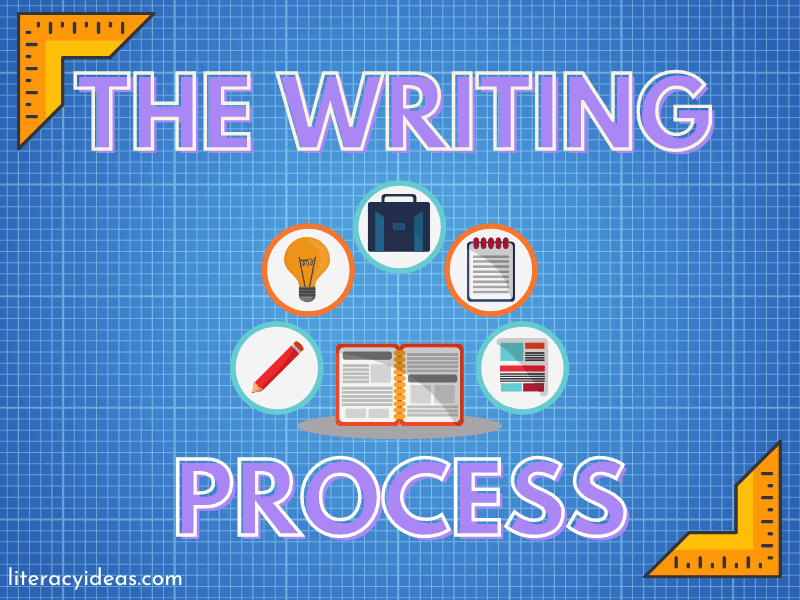
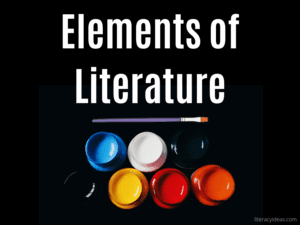
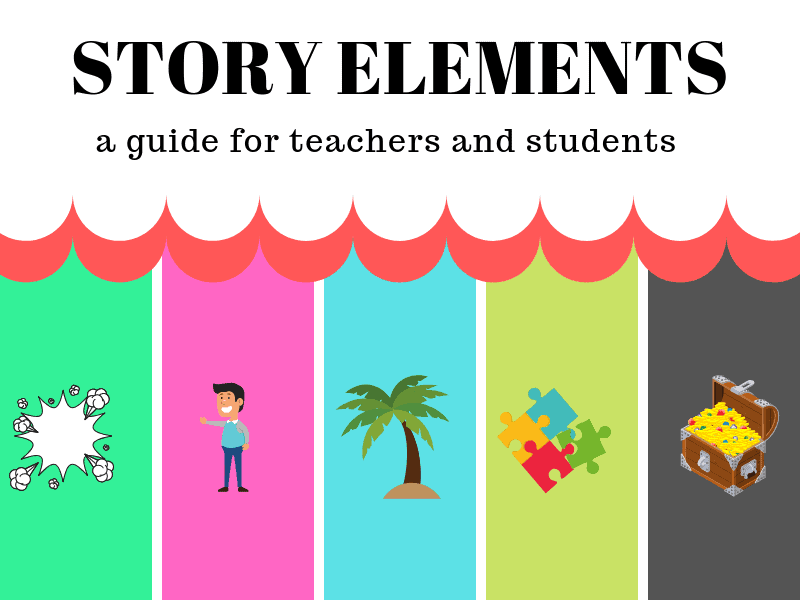

0 Response to "3 Main Purposes Of Writing"
Post a Comment